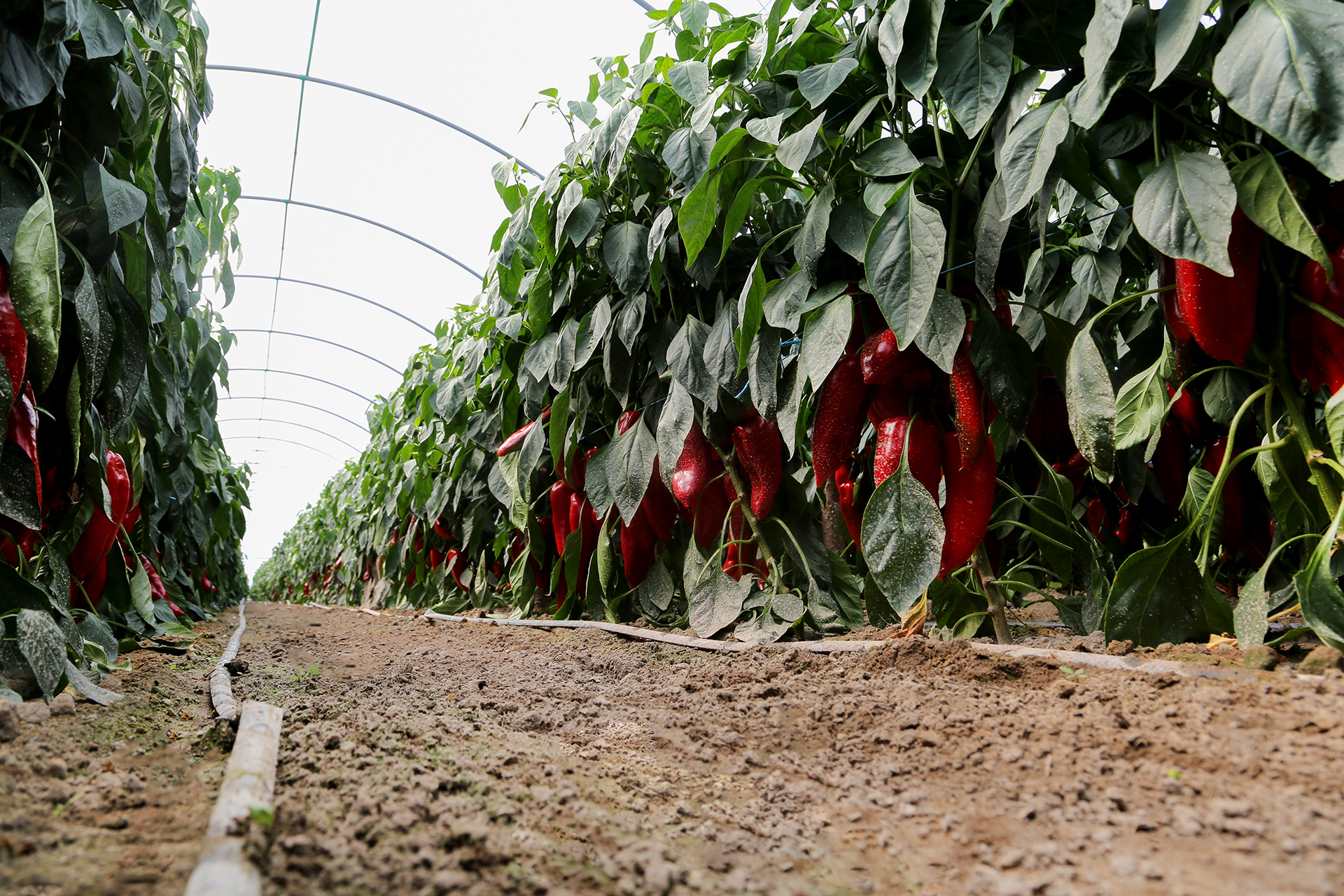The term Fertigation is a blend of two words: Fertilisation and Irrigation. These are two of the most influential factors affecting modern crop performance.
Fertigation is a technique that combines fertilisation and irrigation into a very potent agrotechnology. It is so important because it perfectly realises the concept of a continuous supply of all mineral components to crops in order to fulfil their requirements. This concept has been termed by IFA and FAO as ‘The 4Rs (Right source, Right rate, Right time and Right placing)’.
Advanced irrigation applies water at the correct timing and in the correct quantity throughout plants’ growth cycles, responding precisely to their requirements. Fertigation takes advantage of this system, using the water as a vehicle to supply the exact nutrients required by the plants directly to their active root zone at their specific growth stages. Water-use efficiency and nutrient-use efficiency are maximised at the same time, minimising environmentally harmful over-fertilisation and leaching to underground water.


The fertiliser application rate is calculated on the basis of specific plant demand on every nutrient, expressed as grams or milligrams per day per hectare, at each growth phase, over the entire growth period. This approach, naturally, means fertilisers must be completely water-soluble. Otherwise, they cannot be solubilised and supplied by the irrigation water and become available to plant roots.
It is essential that applying fertigation be based on comprehensive knowledge of:
- The plant’s nutritional demands at all growth stages;
- All parameters of the actual soil or growth media;
- Climatic conditions; and
- All irrigation water parameters.
The major advantages of fertigation
Nutrients are delivered directly to the plant’s active root zone, making them immediately available to the plant in high quantities.
The nutrients are applied uniformly over the irrigated area.
Nutrients are applied at the exact concentrations needed by the plant at its specific growth stage. This avoids temporary nutrient deficiencies, even in periods of high nutrient uptake. These concentrations are not exceeded, unlike in less advanced techniques in which plants are fertilised through one or a few applications over the entire growth period. Such techniques cause temporary excessive nutrient concentrations, salinity stresses and undesirable interreactions between the concentrated ions applied.
Nutrient losses by volatilisation, leaching and fixation are minimised, because the nutrients are applied at continuous low doses that correspond to the balance between the plants’ needs and the actual reservoir in the soil solution. This reservoir is continuously monitored by specific tools (e.g. soil-solution extractor, pH-meter, EC-meter and tensiometer).
Fertigation can be practiced using all types of irrigation systems, within all growth conditions.
The nutrients are applied at exact rates with optimal balance at each phenological growth stage, based on a known curve of specific plant nutrient requirement.
The full flexibility of the irrigation system enables it to completely satisfy plants’ water requirements and respond immediately to environmental changes that may affect the plant’s nutrient requirement profile.
Fertigation reduces damage to the plants due to the soil’s innate salinity, sodicity or acidity. This is achieved through the intermittent application of fertilisers that counteract the potentially harmful native soil solution, particularly for salt, chloride and odd-pH sensitive crops.
Applying the fertilisers via the irrigation system saves growers the time, machinery and labour that would otherwise be required for dispensing the fertilisers on plots by tractors, fertiliser spreaders or sprayers.
When shifting from conventional soil application to fertigation

Crop performance will be greatly enhanced in terms of the yield quantity and quality, creating much higher returns and net profit.
Water-use efficiency will improve significantly, allowing the production of either higher yields with the same amount of water or the same yield with lower amounts of water.
The rate of nutrient applied can be reduced, meaning:
- Considerably lower total expenditure on fertilisers, even though fully soluble fertilisers are generally more costly than granular or partially soluble fertilisers
- Reduced environmental impact
- Easier to comply with legal limitations on fertiliser application rates (such as those currently placed on nitrogen and phosphorus in Western Europe and the U.S)
- Savings on fertiliser application costs (i.e. workers’ wages and tractor operation) due to reduced field manoeuvre operations
- Reduced soil compaction due to reduced tractor manoeuvres in the field/plantation
The disadvantages of fertigation
Extra costs of specific equipment, such as fertiliser dissolving tanks, fertiliser stock-solution storage tanks, injector setups and control devices. However, this is balanced out by lower expenditure on spreaders and tractors.
Highly trained personnel needed to install and maintain fertigation systems.
Requirement for continuous monitoring of the fertigation apparatuses and the condition of plants.
High-quality irrigation water (EC, hardness, pH, levels of chloride, sulphate, bi-carbonate, Fe, etc.) required to avoid negative effects on fertilisers’ nutritional value.

